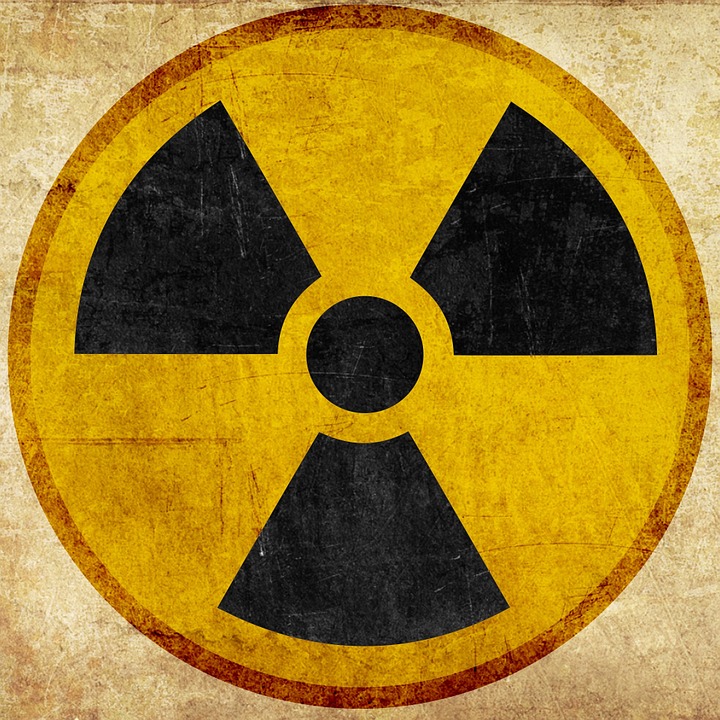Radioactive Fukushima Wood Becomes Power in German Machine
10/27/2016 / By fukushima

Japan is turning to a small German company to generate power from timber irradiated by the Fukushima Dai-Ichi nuclear meltdowns.
Article by Brian Parkin
Closely held Entrade Energiesysteme AG will sell electricity from 400 of its container-sized biomass-to-power machines set up in Fukushima Prefecture, said the Dusseldorf-based company’s Chief Executive Officer Julien Uhlig. The devices will generate 20 megawatts of power by next year and function like a “biological battery” that kicks in when the sun descends on the the region’s solar panels, he said.
Selling green power with Entrade’s mobile units could support Japanese attempts to repopulate a region that’s struggled to restore normality after the March 2011 earthquake and tsunami killed 18,000 people while also triggering the Fukushima nuclear meltdown that dislocated 160,000 others. The prefecture aims to generate 100 percent of its power from renewable energy by 2040.
Entrade’s so-called E4 plants, four of which fit inside a 40-foot (12-meter) container, can reduce the mass of lightly irradiated wood waste by 99.5 percent, according to Uhlig. Shrinking the volume of waste could help Japanese authorities who need to reduce the volume of contaminated materials. Workers around Fukushima have been cleaning by scraping up soil, moss and leaves from contaminated surfaces and sealing them in containers.
“Burning won’t destroy radiation but we can shrink detritus to ash and create a lot of clean power at the same time,” said Uhlig, a former German government employee, in a phone call from Tokyo on Oct. 21. “There’s a lot of excitement about this project but I also detected a high degree of reluctance in Fukushima to talk about radiation.”
Ballooning Costs
The decommissioning of Tokyo Electric Power Co. Holdings Inc.’s stricken plant is set to take as long as four decades and the government estimates environmental clean-up costs may balloon to $3.3 trillion yen ($31.5 billion) through March 2018.
Prime Minister Shinzo Abe said in March that Japan cannot forgo nuclear power. His government wants about a fifth of Japan’s power generated by nuclear by 2030, compared with almost 30 percent before three reactors melted down at the Fukushima plant.
Currently, just two of the nation’s 42 operable nuclear reactors are running, which has translated into higher costs for imported fossil fuels as well as more greenhouse gas emissions.
Germany’s Federal Office for Radiation Protection declined to comment on the process of burning radioactive waste in Fukushima. Entrade’s biomass units will be located about 50 kilometers (31 miles) from the Tepco reactors, said Uhlig.
Like Muesli
Entrade’s biomass plants, which rely partly on technology developed by Germany’s Fraunhofer Institute, are “compactors” of lightly irradiated waste, said Uhlig. The “all in the box” technology is attractive to environmentally-conscious clients who have a steady stream of bio waste but don’t want to invest in a plant, he said.
Uhlig’s company is cooperating with London’s Gatwick Airport to turn food waste from airlines into power. Royal Bank of Scotland financed another project supplying power from 200 units to an industrial estate near Liverpool, U.K.
Entrade has experimented with 130 types of biofuel since beginning operation in 2009. The company claims its plants convert biomass to power with 85 percent efficiency.
“It’s a bit like mixing muesli, taking what’s available from clients or the locality and blending it,” said Uhlig.
Entrade is moving its headquarters to Los Angeles to generate investment capital and help meet demand in the U.S. and Caribbean, he said. The company has 250 units in California and can hardly keep up with demand, Uhlig said.
Read more at: bloomberg.com
Submit a correction >>
Tagged Under:
Fukushima, radioactive, wood
This article may contain statements that reflect the opinion of the author
RECENT NEWS & ARTICLES
COPYRIGHT © 2017 FUKUSHIMAWATCH.COM
All content posted on this site is protected under Free Speech. FukushimaWatch.com is not responsible for content written by contributing authors. The information on this site is provided for educational and entertainment purposes only. It is not intended as a substitute for professional advice of any kind. FukushimaWatch.com assumes no responsibility for the use or misuse of this material. All trademarks, registered trademarks and service marks mentioned on this site are the property of their respective owners.




















